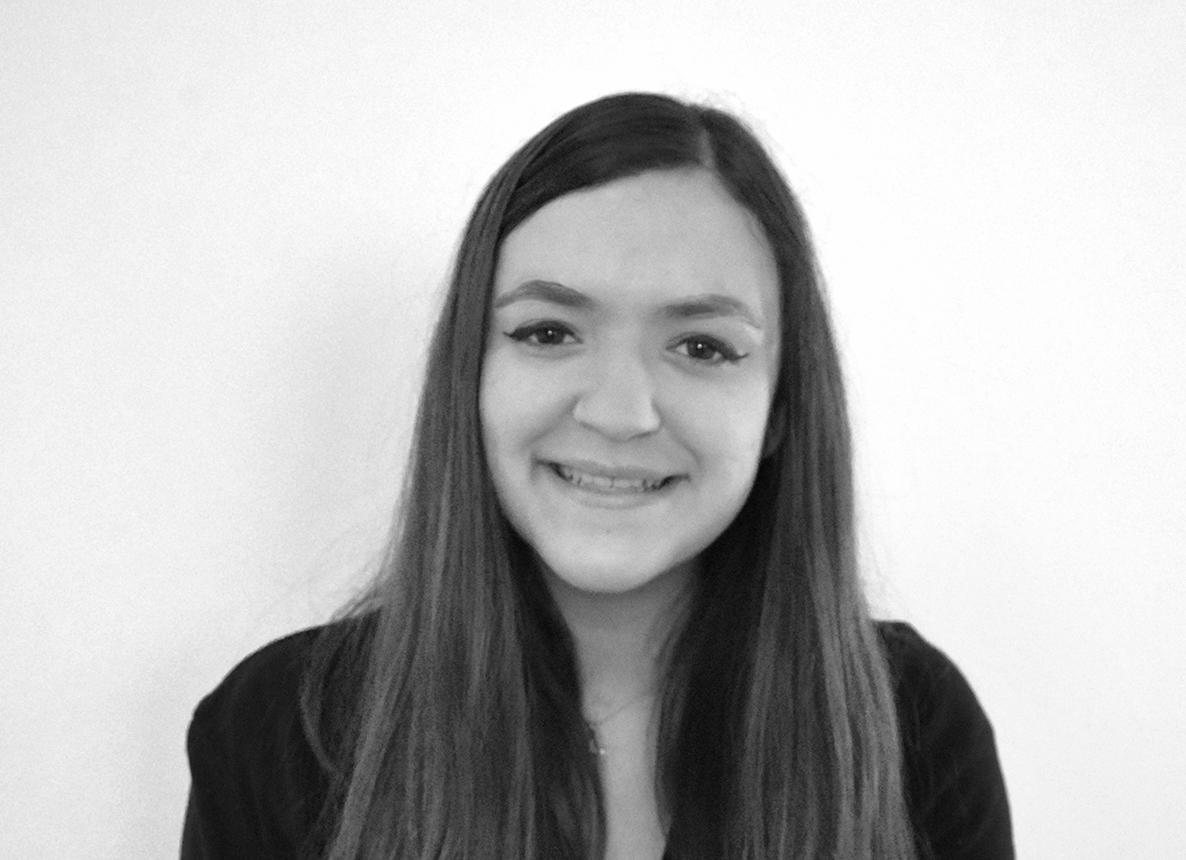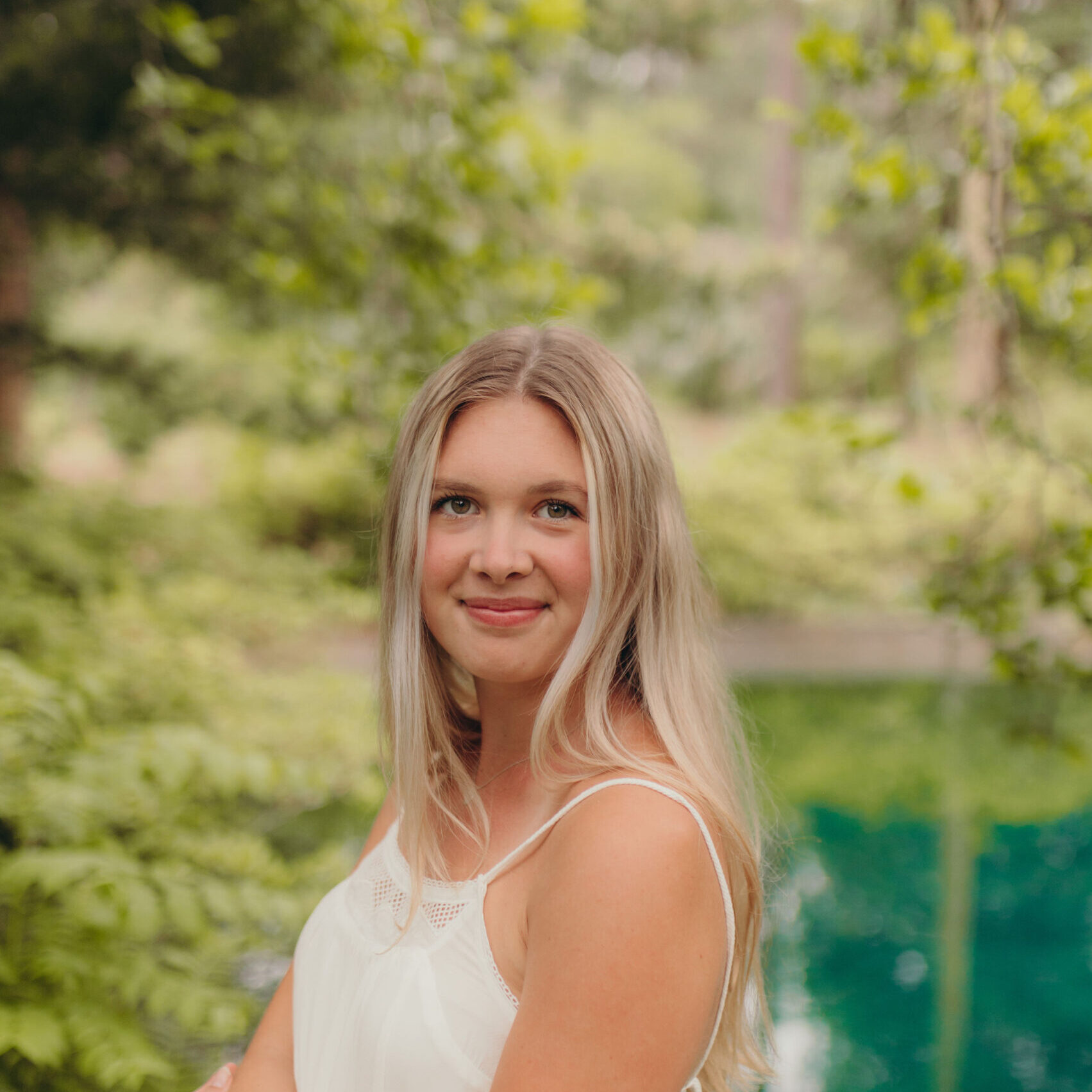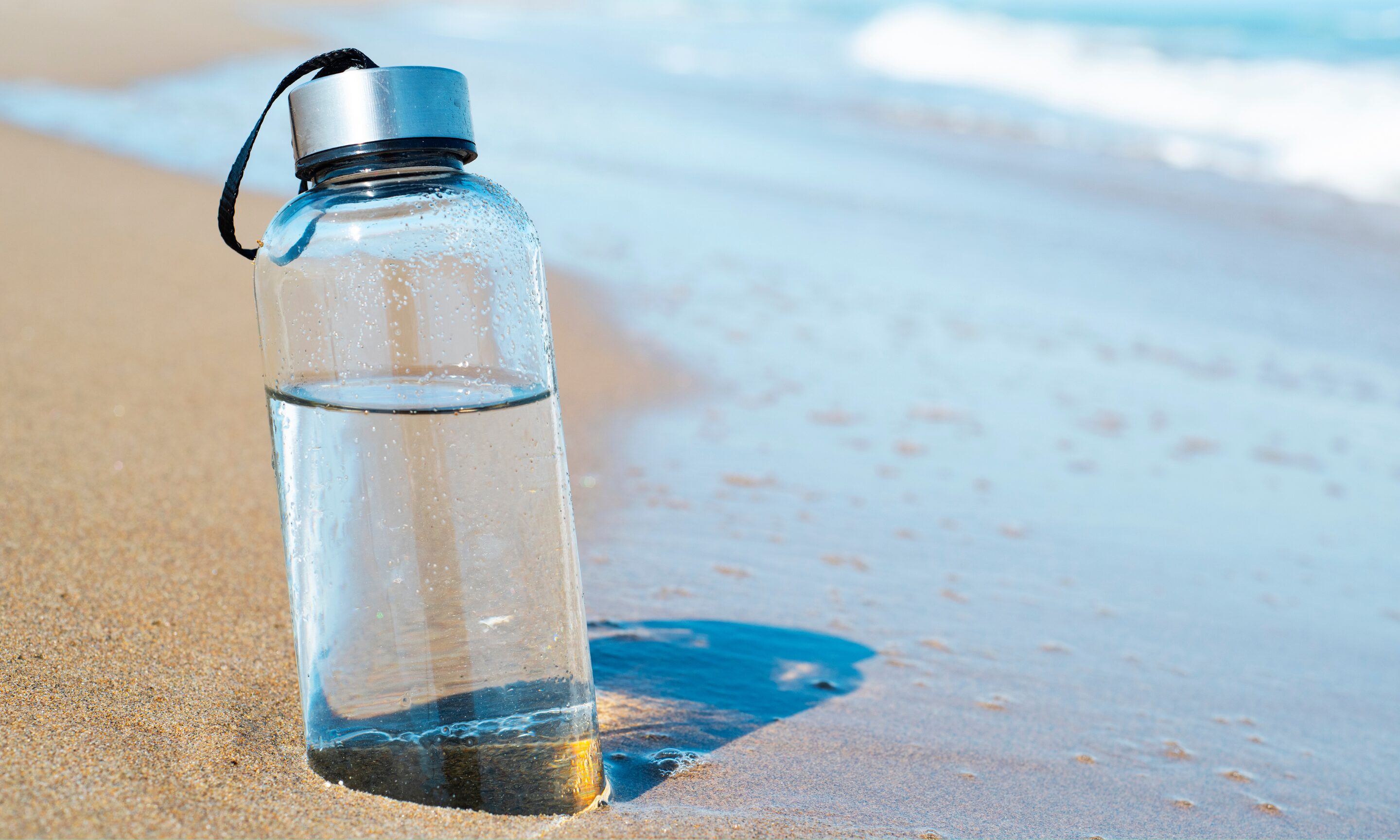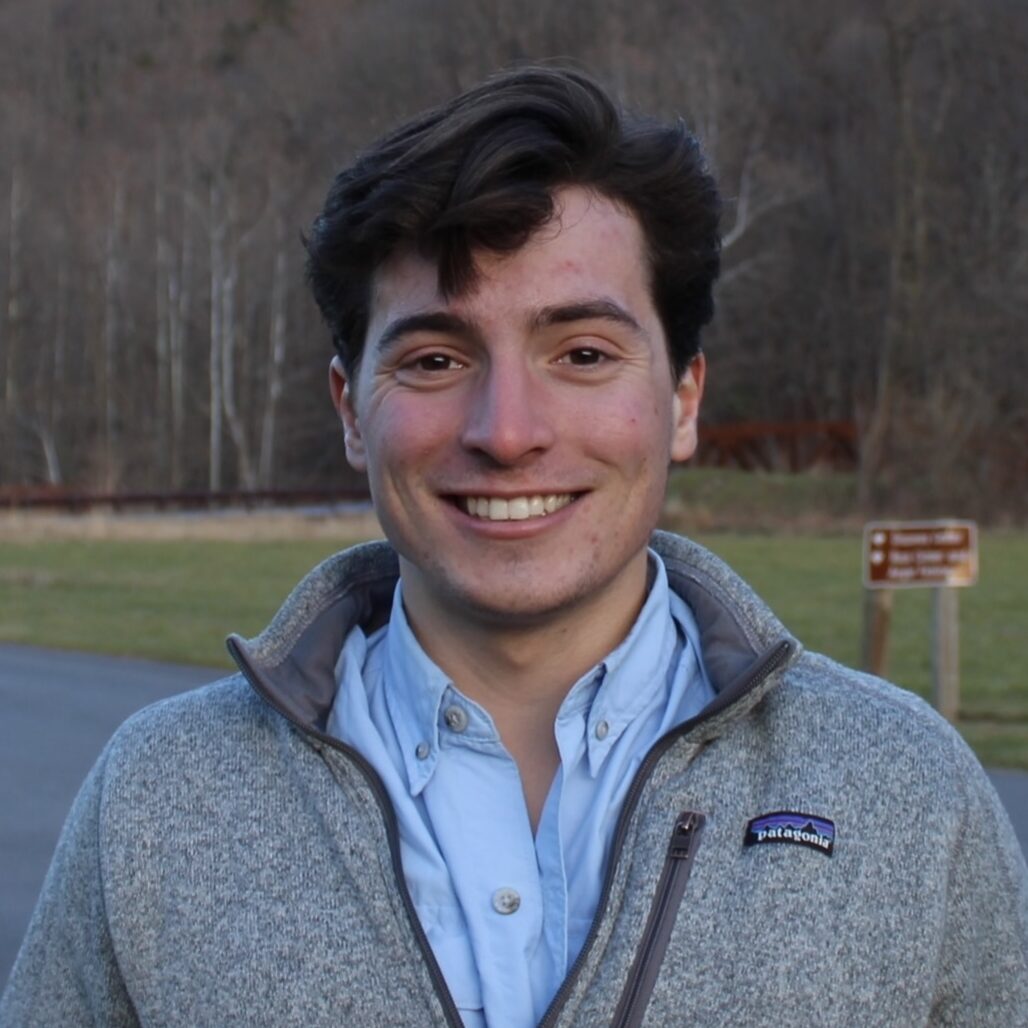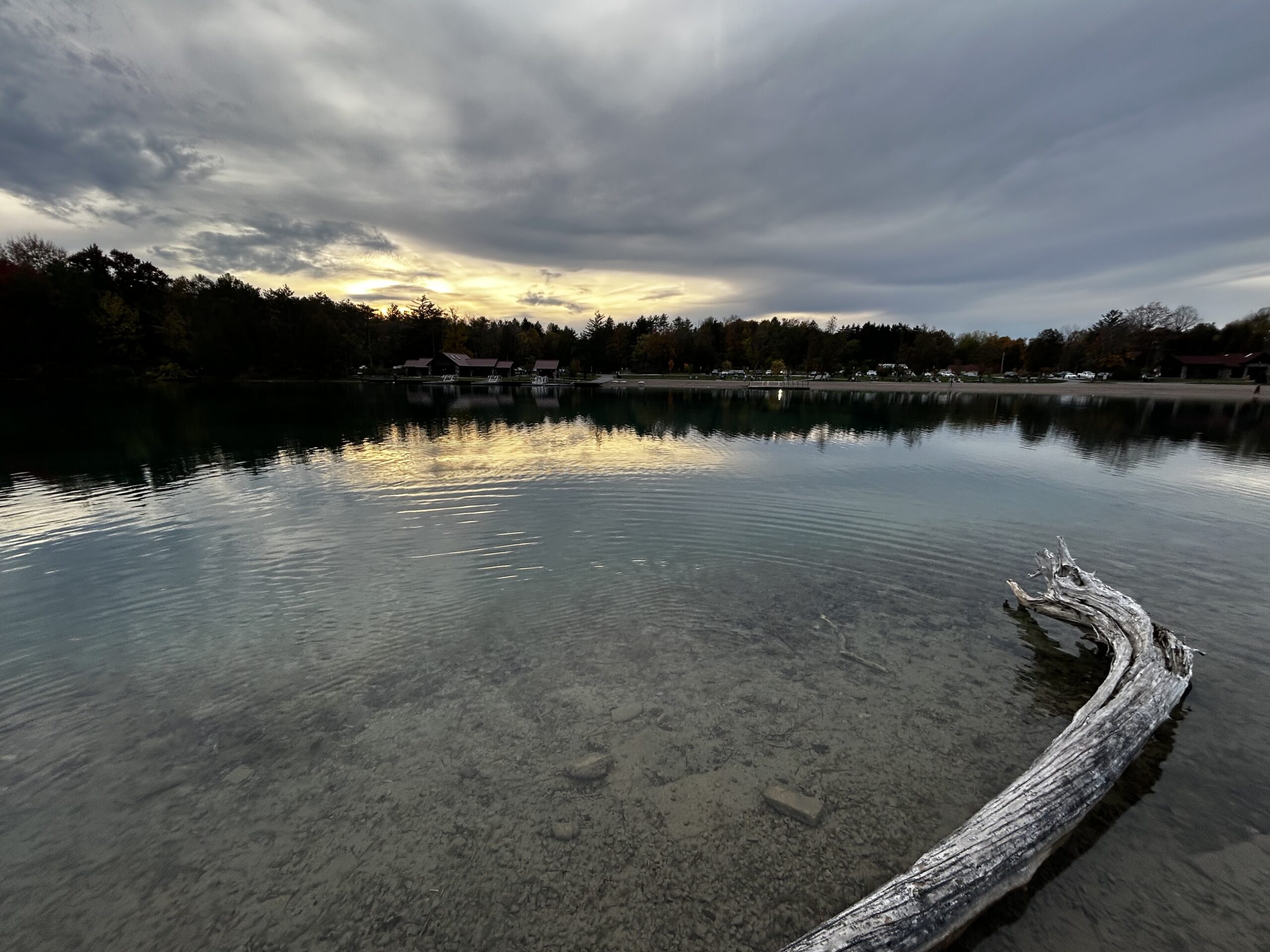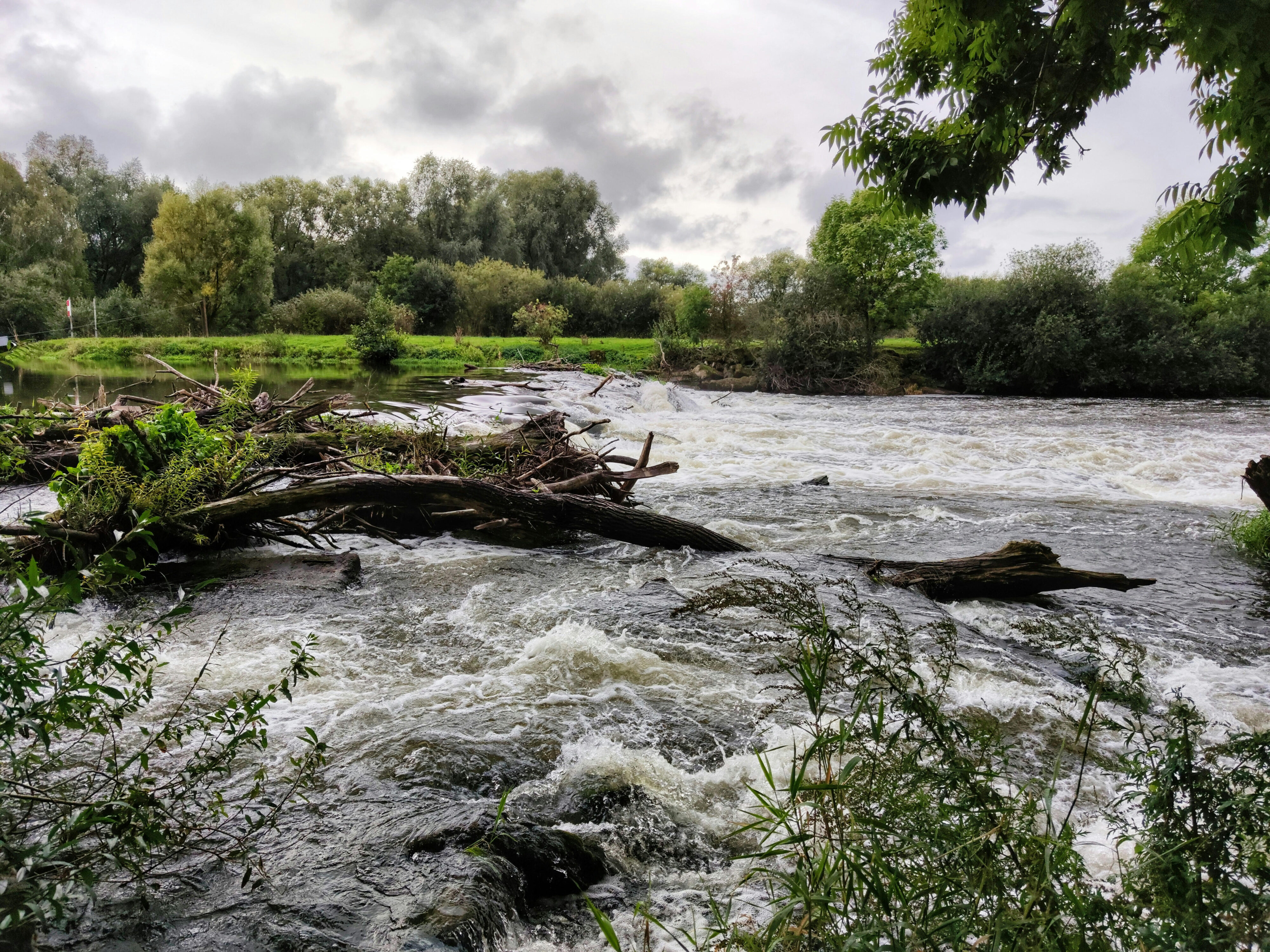The story of how one very special oyster can help restore the Chesapeake Bay.
We’ve been ‘shellfish’ enough already: It’s time to take care of the Chesapeake Bay
 At around 10 years old I realized the extent to which oysters and clams impact my life. I split my summer days between marine bi
At around 10 years old I realized the extent to which oysters and clams impact my life. I split my summer days between marine bi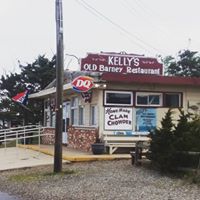 ology camp and “working” shifts at my family’s restaurant. Growing up, I spent my summers in Barnegat Light, New Jersey, and my family lived right across the street from Barnegat Bay, where we’d go to swim.
ology camp and “working” shifts at my family’s restaurant. Growing up, I spent my summers in Barnegat Light, New Jersey, and my family lived right across the street from Barnegat Bay, where we’d go to swim.
The restaurant is a quaint little place right under the Barnegat Lighthouse. My great-grandmother’s clam chowder would draw crowds year after year. I’ve heard some people say they come back to the island each year only to get more of her chowder.
 It was pretty clear to me, even then, that clams and shellfish were a big part of my family’s livelihood. Not only that, the recipes passed down were family tradition, and they brought my family closer together as we shared them with others. I’m the fourth generation in my family to work at the restaurant. Yes, that’s me in the pink shirt in the front. My parents met when they both worked at the restaurant years ago, so, if you think about it, I really do have clam chowder to thank for my entire existence.
It was pretty clear to me, even then, that clams and shellfish were a big part of my family’s livelihood. Not only that, the recipes passed down were family tradition, and they brought my family closer together as we shared them with others. I’m the fourth generation in my family to work at the restaurant. Yes, that’s me in the pink shirt in the front. My parents met when they both worked at the restaurant years ago, so, if you think about it, I really do have clam chowder to thank for my entire existence.
More specifically, though, I can thank the clams and oysters of the Barnegat Bay also for every summer day I enjoyed swimming in the bay, or fishing with my dad (and to this day never catching anything). Oysters and clams filter out the bay, and they are also essential to aquatic ecosystems. They provide food for some larger animals, and they form coral reef-like structures, which serve as homes for the smaller fish that we could never seem to catch.
These oyster reefs are incredible, and making them is no easy process. Here you can find a video of people in my area building an oyster reef in the Barnegat Bay. In the Chesapeake Bay area, there are similar projects happening, but on a much larger scale. These projects, which bring together several non-profits and government organizations, capture the essence of what it is to work as a community for the betterment of the ecosystem.
 Projects like this pan out really well in small shore towns, such as Barnegat Light, where close-knit communities are willing to take time to go to a museum or show off a flashy clam sculpture in front of their business, but without a lot of support from the community, these movements can fall flat. It is especially interesting to see how shellfish restoration projects scale up to big cities like Washington, D.C.
Projects like this pan out really well in small shore towns, such as Barnegat Light, where close-knit communities are willing to take time to go to a museum or show off a flashy clam sculpture in front of their business, but without a lot of support from the community, these movements can fall flat. It is especially interesting to see how shellfish restoration projects scale up to big cities like Washington, D.C.
What I think gives these movements the inertia to keep going is a network of dedicated scientists who genuinely care about their work. I’ve had Dr. Scully in class, and on more than one occasion, she casually brought up waking up at five in the morning to check on how her own oysters are doing, or spending her Saturday teaching local kids how to clean up the bay. She actually jumped at the chance to take my film partner Jordan and I to film at an oyster hatchery that is two hours away. It would take an awful lot to get me to drive anyone two hours anywhere.
We also met Stephanie Tobash-Alexander, a Senior Faculty Research Assistant at Horn Point Lab. She was wearing oyster-shaped earrings, and I think this perfectly illustrates just how much oysters are a part of her life. She explained the Oyster Recovery Partnership as a puzzle, with organizations coming together, with everyone needing each other’s assistance. Part of the reason we chose to create a fictional oyster as our story’s central character was to contextualize the care given to just one oyster: Ollie. This was validated in our visit to Horn Point. The treatment process is complex and long-winded, yet researchers share a true, unhinged allegiance to getting Ollie back into the water, where he can restore mother nature to a self-sustaining tipping point.
There are plenty of people who care about the welfare of their local ecosystems. The challenge is getting these scientists, who have spirited debates about which diatoms to feed the algae for oysters, to sound approachable and interesting to everyday people.
We didn’t want to focus on an audience of people who know which diatom they like best, or even the people who grew up riding bikes around the docks in the morning. We wanted to focus on the everyday people who don’t know about all that oysters do for us.
Our approach was to find something a little closer to the heart, or stomach rather, of the general public. We used an oyster as a character because people are familiar with oysters, whether they’ve eaten them or seen their shells on the beach. We noticed a common thread throughout the story of Ollie and the oysters in their ability to provide balance to the ecosystem, serving as a foundation of hope to rescue and stabilize the Chesapeake’s diverse wildlife. That’s exactly what oysters represent to us as well. As the structures they create form homes for aquatic creatures, they also provide citizens of the Mid-Atlantic and Chesapeake area with a sense of home and belonging.
Our piece aims to make people understand just what is so special about the little shellfish that keep the bay clean. I urge you to get to know Ollie the Oyster, watch our video, and then go out and #savethebay.














